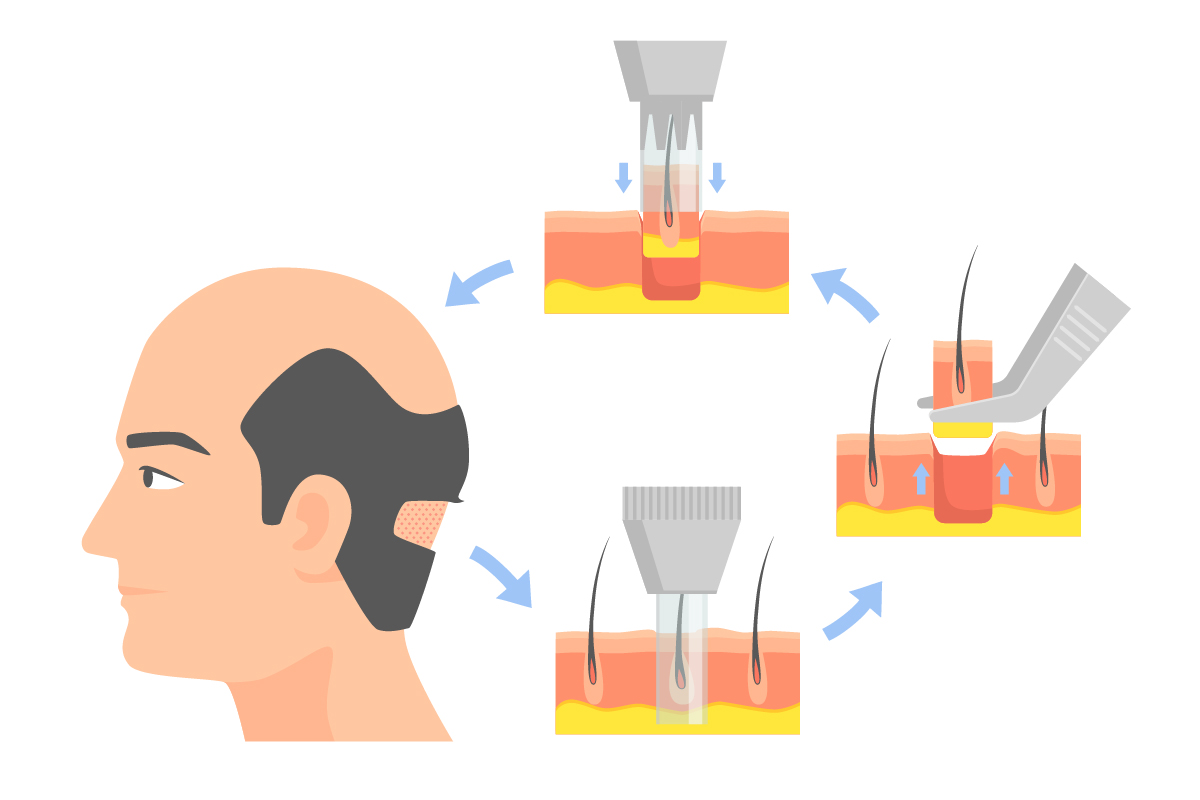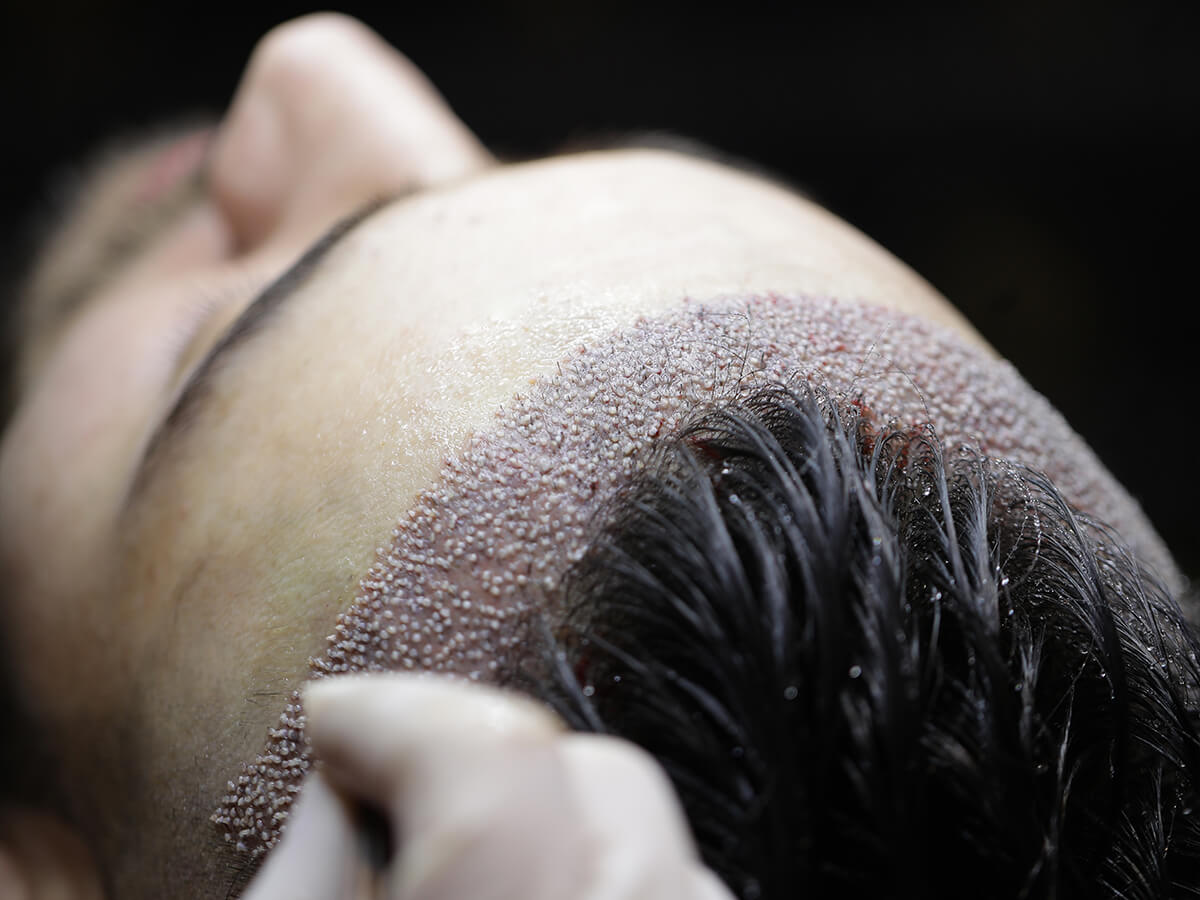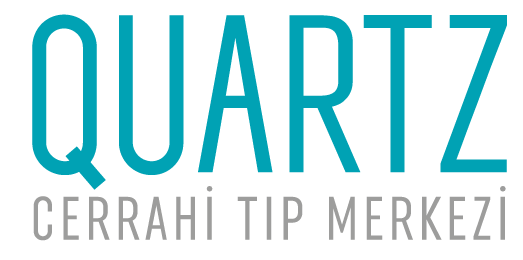Hair transplantation is one of the most effective solutions for individuals experiencing hair loss. However, traditional hair transplant procedures often require shaving the hair completely or partially. This can lead to short-term challenges in the patient's social life. Unshaven hair transplantation eliminates this issue by offering a more aesthetic and comfortable alternative.
What Is Unshaven Hair Transplantation?
Unshaven hair transplantation is a modern technique that allows hair transplantation without shaving the patient's existing hair. It is performed using the traditional FUE and DHI techniques without the need for shaving. In this method, the donor area (usually the nape) can either be shaved in a limited area or left completely unshaven during the procedure.
Who Can Have an Unshaven Hair Transplant?
- Unshaven hair transplantation is generally suitable for the following individuals:
- Those experiencing hair loss and seeking a hair transplant
- Individuals who have difficulty adapting to the post-transplant period due to social concerns
- People with a busy work schedule who prefer an unshaven procedure
- Female patients (as shaving hair is generally not preferred for women)
How Is Unshaven Hair Transplantation Performed?
The stages of unshaven hair transplantation are as follows:
- Examination and Planning: The patient’s hair structure is analyzed, and the number of grafts to be implanted is determined.
- Donor Area Preparation: Hair follicles are extracted from the nape area or behind the ears.
- Graft Extraction: Grafts are individually harvested using a micromotor or a manual punch tool.
- Placement of Hair Follicles: The extracted follicles are implanted at pre-determined angles for a natural look.
- Final Checks and Aftercare Recommendations: The patient receives instructions regarding the recovery process.
Which Methods Are Used?
There are two most commonly used techniques in unshaven hair transplantation:
| Method | Description | Advantages |
|---|---|---|
| DHI (Direct Hair Implantation) | Implantation is performed using a pen-like tool. | Faster recovery time, natural appearance |
| FUE (Follicular Unit Extraction) | Follicles are extracted and implanted using a micromotor. | Allows implantation over larger areas |
Unshaven Hair Transplant Prices
Several factors determine the cost of an unshaven hair transplant, including the method used, materials, number of grafts, size of the treatment area, number of sessions, and the doctor’s experience. Providing price information online is both legally restricted and unreliable without an in-person examination.
By visiting our clinic for a consultation, you can learn both the cost and whether you are a suitable candidate for the procedure. The price of an unshaven hair transplant may vary depending on the number of grafts, the technique used, and the clinic’s expertise. However, costs can also fluctuate based on individual needs and the quality of services provided by the clinic.
Advantages and Disadvantages of Unshaven Hair Transplant
| Advantages | Disadvantages |
|---|---|
| Minimizes aesthetic concerns | May take longer than traditional FUE |
| Allows a quick return to social life | Requires a more precise and careful procedure |
| An ideal option for female patients | May not be suitable for every patient |
| Preserves the natural hair appearance | Costs may be higher compared to traditional methods |
Post-Procedure Process of Unshaven Hair Transplant
- Days 1-7: Redness and scabbing may occur.
- Week 2: Hair starts to shed (temporary shedding phase - shock loss).
- Months 1-3: New hair follicles begin to grow.
- Month 6: Noticeable differences become visible.
- Month 12: Final results are achieved.

Frequently Asked Questions (FAQ)
Is Unshaven Hair Transplant Permanent?
Yes, the transplanted hair is permanent and does not fall out. The hair follicles extracted from the donor area are genetically resistant to hair loss.
Is Unshaven Hair Transplant Painful?
No, it is performed under local anesthesia, so no pain is felt during the procedure. Mild sensitivity may occur afterward, but this is usually short-lived.
Will There Be Any Scarring After an Unshaven Hair Transplant?
No, since the micromotor technique is used, no visible scars remain. Once the healing process is complete, the transplanted area will look completely natural.
Which Is Better: Unshaven Hair Transplant or Traditional FUE?
Unshaven hair transplantation is advantageous for those with aesthetic concerns, though it may take longer. The traditional FUE method can be completed faster and covers larger areas more effectively.
Who Is Not Suitable for an Unshaven Hair Transplant?
Patients who are completely bald or have insufficient donor areas may not be suitable candidates for unshaven hair transplantation.
How Soon Can I Return to Normal Life After an Unshaven Hair Transplant?
Most people can return to their normal activities within 1-2 days. However, it is recommended to avoid intense exercise and activities that cause excessive sweating for the first few weeks.
How Should I Care for My Hair After an Unshaven Hair Transplant?
The hair should be washed using a special shampoo and lotion, and direct sun exposure should be avoided during the first few weeks.
![dr.leyla-arvas-800×1000.jpg[1] dr.leyla arvas](https://www.quartz.com.tr/wp-content/uploads/2024/11/dr.leyla-arvas-800x1000.jpg1_.webp)
Author : Op. Dr Leyla ARVAS
Dr Leyla Arvas is an internationally recognised specialist in aesthetic surgery based in Istanbul. Graduated in 1998 from Istanbul University Faculty of Medicine, she has developed her expertise by studying in Taiwan, Japan and Spain during her 20 years of experience.
This article April 13, 2025 was updated on
Editor: admin@quartz.com.tr



